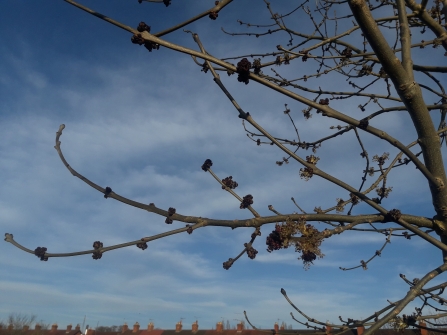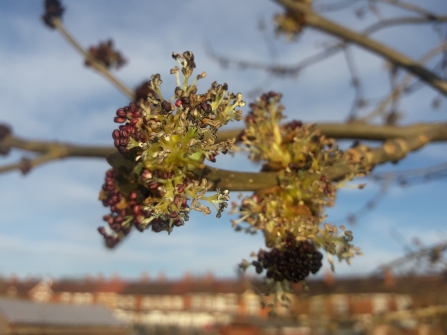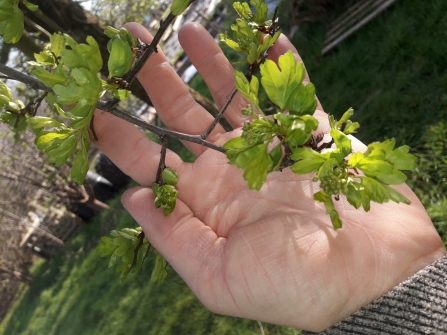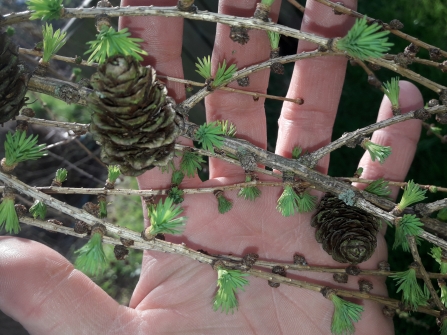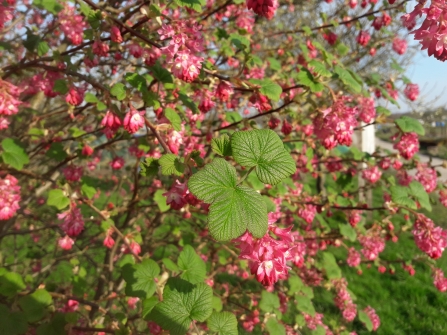I have taken into account the current restrictions on movement, many of the species I am going to cover, are common and you will be able to see on a local walk or even from your window or in your own garden. All the photos were taken during my daily walk for the purpose of exercise on our local allotments, which is just across the road from my home.
In the UK with have a vast range of tree and shrub species, many as a result of deliberate and accidental introductions. There are around 50 truly native species of trees in the UK, with some very common species such as Sycamore and Sweet Chestnut being classed as naturalised, as they were introduced a long time ago and have adapted to our climate and natural environment.
Our trees and shrub species have their own annual schedules and routines, which are often very specific to each species. Some trees flower before their leaves sprout, while other’s leaves appear before their flowers. Some are late to join the spring in their show of green, while others are in full leaf early on as a traditional sign of spring. These unique species timings in spring can help us to identify trees and
shrubs.


